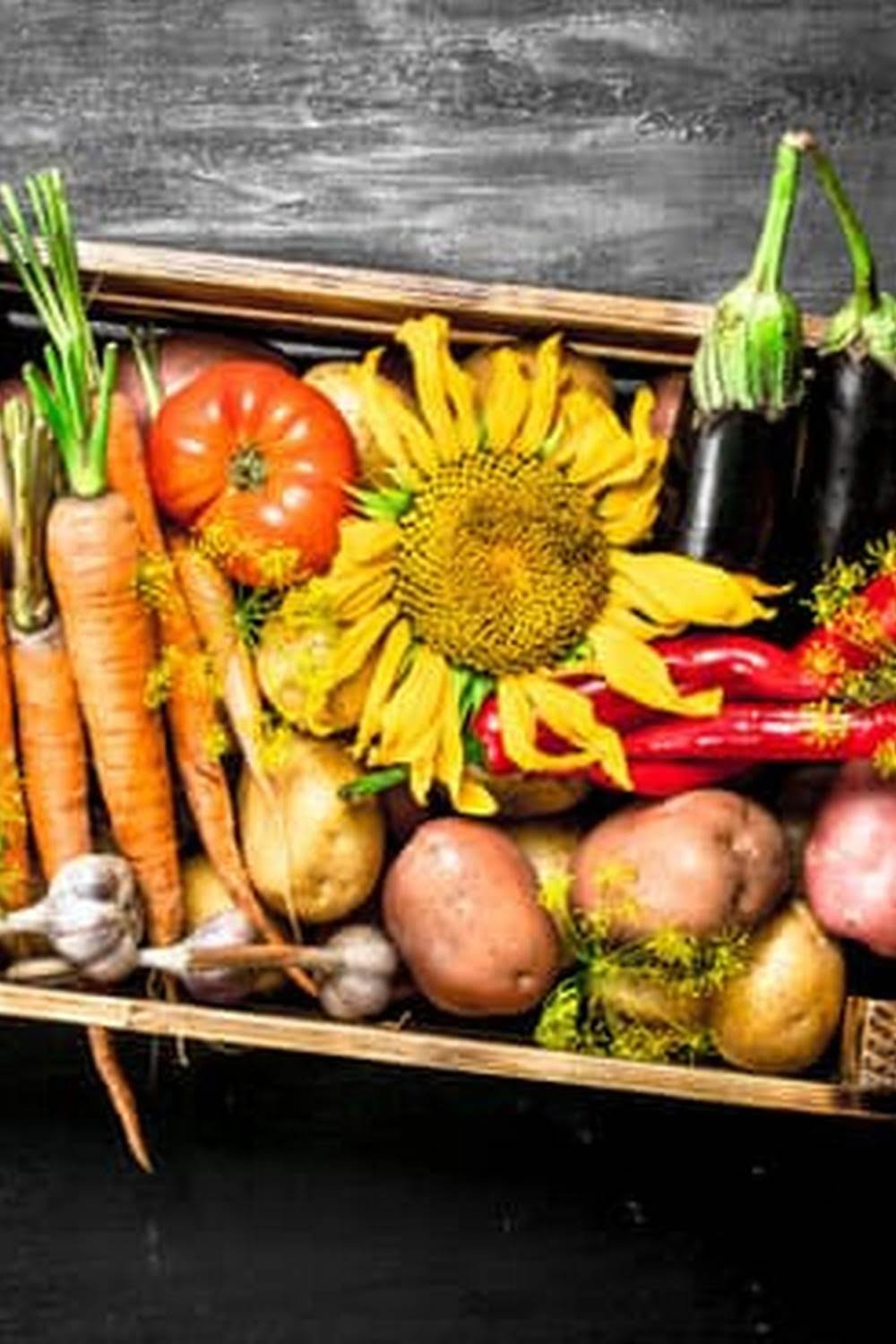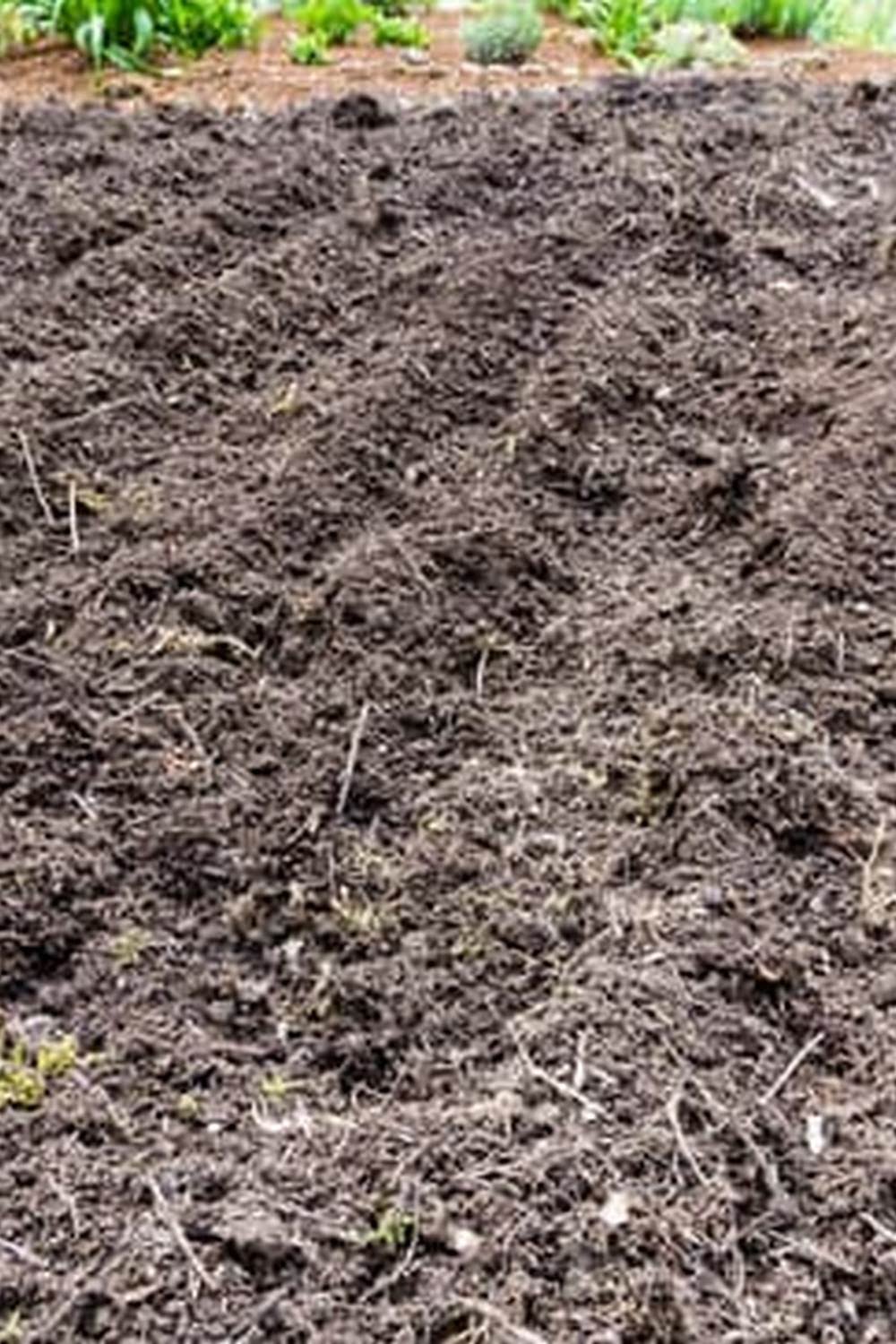Container Vegetable Garden Soil Mix
When it comes to container gardening, the soil mix you choose is very important. The mix should be light and fluffy, with good drainage and plenty of room for air to circulate. It’s also important to use a soil mix that is specifically designed for containers, as regular garden soil can be too heavy and will not drain properly.
There are many commercial soil mixes available, or you can mix your own. The following recipe is a good all-purpose mix for container vegetables:
1 part peat moss
1 part perlite
1 part vermiculite
1 part compost
You can also add a small amount of organic fertilizer to the mix to give your plants a boost. Be sure to mix the ingredients together well before filling your containers.
If you are using a soil mix that is not specifically designed for containers, you may need to add some extra drainage material, such as coarse sand or gravel. This will help to keep the soil from becoming waterlogged, which can kill your plants.
A good container vegetable garden soil mix should be light and fluffy, with good drainage and plenty of room for air to circulate. It’s also important to use a soil mix that is specifically designed for containers, as regular garden soil can be too heavy and will not drain properly.
In Ground Garden Soil Raised Vegetable Bed
Construction
Ground garden soil is an important aspect of vegetable bed construction. The soil should be rich in organic matter and have a good texture. It is also important to select the right location for your vegetable garden.
The area should get at least six hours of sunlight each day. If you are not blessed with a sunny spot in your yard, consider using grow lights to supplement the light.
The next step is to mark out the area for your garden. You can use a garden hose, stakes and string, or a shovel and rake. Once the area is marked, it is time to start digging.
The soil in your garden should be amended with organic matter before you start planting. You can use compost, manure, or a soil amendment like peat moss. Mix the amendment into the soil to a depth of six to eight inches.
Now it is time to start constructing your raised bed. There are a few different ways to do this. You can use lumber, bricks, stones, or cinder blocks.
If you are using lumber, you will need to cut the boards to size. The boards should be at least six inches wide and twelve inches deep. You will also need to drill holes in the boards for drainage.
If you are using bricks, stones, or cinder blocks, you will need to stack them on top of each other. Make sure that the blocks are all lined up evenly, and that the joints are tight.
Once the bed is constructed, it is time to fill it with soil. Add a layer of soil to the bottom, and then pack it down. Add another layer of soil, and pack it down again. Keep doing this until the bed is full.
Now it is time to plant your vegetables. Choose vegetables that do well in your climate, and plant them in the sunniest spot in the garden. Make sure to water them regularly, and enjoy the fruits of your labor!
Can I Use Garden And Vegetable Soil To Plant Flowers
?
Garden and vegetable soils are typically heavier in weight and more dense than potting soils. This is because they contain more organic matter and are less amended with perlite or vermiculite. Both of these ingredients help soil to hold more air, which is important for root growth, but they can also be detrimental to plant growth in excessively large amounts. For this reason, garden and vegetable soils are not recommended for planting flowers.
Potting soils are specifically designed for container gardening and typically contain more perlite or vermiculite to help the soil hold air. They also contain less organic matter, which can be beneficial for plants that are not tolerant of wet soil conditions. For these reasons, potting soils are a better choice for planting flowers.
Raised Vegetable Garden Soil Mix
es
There are many recipes for vegetable garden soil mixes, but all of them have the same goal: to create a soil that is rich in organic matter and that will provide the nutrients that vegetables need to grow.
One of the most important ingredients in any vegetable garden soil mix is compost. Compost is made up of organic materials that have been broken down by bacteria and fungi. It is a rich source of nutrients, and it also helps to loosen clay soils and improve the drainage of sandy soils.
Other ingredients that are often included in vegetable garden soil mixes are peat moss and vermiculite. Peat moss is a natural material that is made up of the dried remains of sphagnum moss. It is a good source of organic matter, and it helps to retain moisture in the soil. Vermiculite is a mineral that is used to improve the drainage of soils.
One of the most important things to remember when creating a soil mix for a vegetable garden is to make sure that the pH of the soil is neutral or slightly acidic. Most vegetables prefer a pH of 6.5 to 7.0. If the pH of your soil is too high or too low, you can add lime or sulfur to adjust it.
There are many different recipes for vegetable garden soil mixes, but the important thing is to use a mix that will provide the nutrients that your vegetables need to grow.
Type Of Soil Use To Fill Raised Vegetable Garden
The best type of soil to fill a raised vegetable garden is a well-drained sandy loam. This type of soil is easy to work with, and it also provides good drainage for vegetables. If your soil is heavy and doesn’t drain well, you can improve its drainage by adding organic matter such as compost or peat moss.

If you’re looking to get into vegetable gardening, or are just looking for some tips on how to make your current garden better, then you’ve come to the right place! My name is Ethel and I have been gardening for years. In this blog, I’m going to share with you some of my best tips on how to create a successful vegetable garden.





